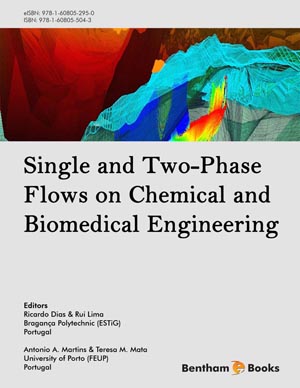Abstract
Vascular endothelial cells are constantly stimulated by blood flow-induced shear stress throughout the vasculature and respond by changing morphology and cytoskeletal structures as well as by modulating cell physiological functions. In particular, since endothelial cell responses to fluid shear stress have been implicated in the localization of atherosclerosis, the effects of fluid shear stress on endothelial cell morphology and functions have been exclusively studied. In fact, previous observations have given preferential localization of lipid accumulation in atherosclerosis in the arterial tree, such as branching and curved regions where blood flow is unsteady and spatially and temporally altered. So far, a lot of efforts have been made to study endothelial mechanotransduction to flow, indicating the fact that after applying fluid shear stress to endothelial cell monolayer, cells exhibit marked elongation and orientation in the direction of flow. It is now accepted that morphological changes of endothelial cells are closely associated with modulation of cell physiology and pathology. The need for experimental techniques for studying endothelial responses to flow has lead to development of different types of flow chambers. Conventional flow chambers include a cone-and-plate flow chamber and a parallel-plate flow chamber, both of which provide steady, fully-developed laminar flow. Furthermore, in order to provide non-steady flow and disturbed flow, novel flow chambers have been developed, such as a tapered channel and an obstacle-included channel. More recently, microfluidic flow chambers have emerged with a great potential for a high throughput analysis. The purpose of this review is to first summarize many types of flow chambers that apply fluid shear stress onto a monolayer of endothelial cells. Next, experimental studies on endothelial cell responses to fluid shear stress are highlighted, focusing on changes in cell morphology associated with cytoskeletal remodeling.
Keywords: Vascular endothelial cells, hemodynamic forces, fluid shear stress, endothelial cell remodeling, mechanotransduction, cytoskeletal structures, atherosclerosis, fluid flow-imposed systems, parallel-plate flow chambers, microfluidic technologies, microchannels, lab-on-a-chip.


